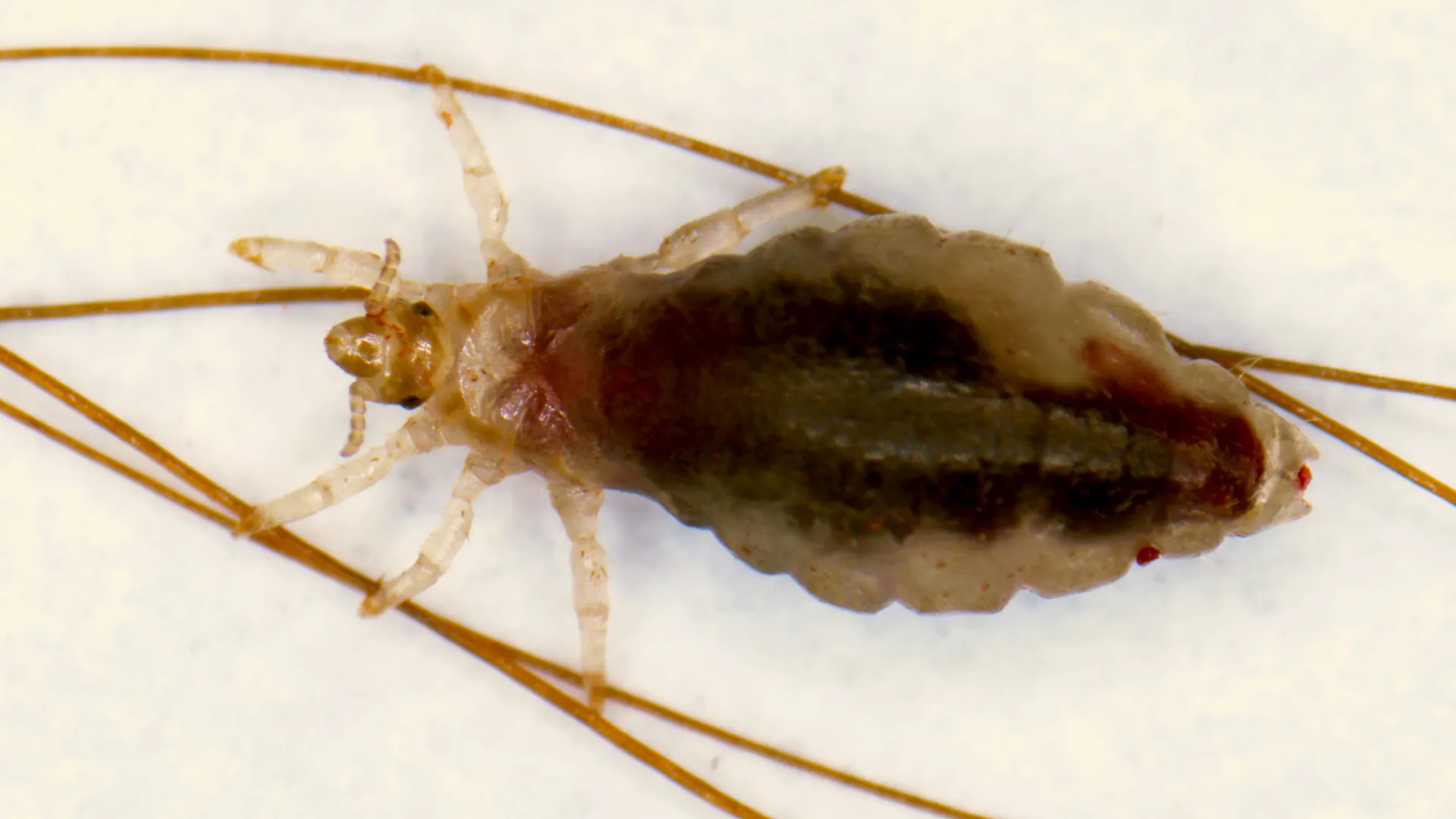Lice
We keep body lice in our breeding as a representative organism for the head louse Pediculus humanus capitis. Both species or subspecies belong to the family Pediculidae (human lice). They are ectoparasites of humans and suck their blood. Very rare in our latitudes, they can be vectors of various diseases like spotted and relapsing fever in less developed countries. Transmission of lice occurs from person to person. Head lice are the most common parasitic disease in childhood, while body lice are rare in industrialized countries. In Germany, infestation with head lice in schools and daycare facilities is reportable under the Infection Protection Law.

In our breeding, we attach great importance to the renunciation of animal experiments with vertebrates. Therefore, our body lice are not fed on the vertebrate host. We use in-vitro feeding methods specially developed by the founders. Companies that need lice for their experiments have previously had to resort to animals collected from humans. Laboratory-bred animals have several advantages over animals collected from humans. On the one hand, animals can be made available for studies at any time. On the other hand, the animals have a defined age and a known resistance status, so that comparable results can be expected in the studies with the animals.
In our breeding, we keep sensitive strains of the body louse species:
- Pediculus humanus humanus (body louse)
